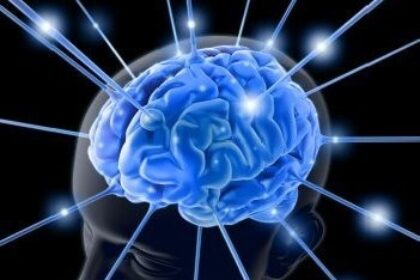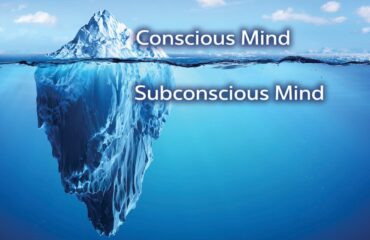
All of us respond differently to different situations that we encounter on a day to day basis. At times we even respond differently to the same situation depending upon with whom the interaction is happening with. Very often we aren’t even aware about these differences.
Is there a particular pattern that we follow or is there a way in which we could understand or become aware about the same?
Had written about the Pygmalion Effect almost a year back and about how just a teacher’s belief in her students potential because she was told that they were students with high IQ although in reality, they were just average students brought about better performance from these very students compared to other similar average students in the same grade. Had also highlighted in that article how our behavior changes unconsciously when we have high expectations from someone. This has been found to be true in all walks of life.
Like what we saw in the Pygmalion effect there are many maps in our head which influence everything that we experience. Let me explain how such maps are important with a small example.
Today whenever and wherever we travel if aren’t sure of the route to that location we select that particular location on Google Maps and follow the instructions being given. Suppose in one such selection the map that got loaded was wrong, you would end up having a horrible experience of reaching your destination. It does happen sometimes even when the right map is displayed it guides you to a one way or to a route which is closed to motor cars or not big enough for motor cars etc…
So if our mental map of something is not correct however hard that we work on our behavior or on our attitude we will still struggle to reach our actual location or not reach our location at all..
Each one of us has many maps in our head which can be divided into two main categories
1. Maps of the way things are or realities
2. Maps of the way things should be or values
We interpret everything that we see through these mental maps seldom questioning their accuracy. Very often we aren’t even aware about their existence. We simply assume that the way we see things are the way they really are or the way they should be. Our attitudes and behaviors grow out of these assumptions. The way we see things is the way we think and the way we act.
Let me explain these with a few examples:
There is this wonderful experiment which is done in a lot of management and behavioral workshops which I have always found very interesting.
Look at the picture below for about 10 seconds. What do you see?

I’m sure you could see a young pretty girl. Well dressed and stylish, wearing a necklace and having her head covered with a scarf. You could also have noticed that her hair is nicely combed and well-kept and that she is wearing a jacket over her shoulders.
Now look at the next picture. What do you see here?

You can see the picture of the young girl in the second picture also. Now look at the third picture for about 10 seconds and then and go back and look at the second picture.

You will notice the old lady in the second picture. In many workshops half of the participants are given a picture of the first picture that of the young lady and half of the participants are given the picture of the older lady. After making them watch the pictures given to them for about 30 seconds the second picture is put up for all to see. All the people who had been given the picture of the young lady saw the picture of the young lady and all those who were given the picture of the old lady saw the old lady in the second picture which was put up on screen..
This is one of the best examples to show how we only see what we are conditioned to see…or we see as per the maps that are there in our mind…
I also recollect the Malayalam movie Drishyam where the lead character played by Mohanlal conditions the minds of everyone whom they meet as though they had gone somewhere on a particular day to build an alibi against a murder… By repeatedly feeding the same thoughts they were able to condition the minds of everyone so effectively, that everyone fully believed whatever they said and gave the same version of what their mind had been conditioned to believe to the police. The movie has also been remade in Tamil with Kamal Hassan playing the role of Mohanlal and in Hindi with Ajay Devagan playing the role of Mohanlal…
The experiment above shows how with a conditioning of just 10 to 20 seconds our minds were conditioned to see only a particular side of the picture. The influences in our lives, family, school, friends, work environment have all made a silent unconscious impact on us and are the reference maps to which my mind keeps referring to. These maps are also the source of our behavior and attitudes. When we try to change our behavior or our habits, we also need to examine the basic maps that have been built in our minds. The above example also brings in focus how these maps effect the way we interact with people…Like in the picture experiment just like 50% of the people thought that they saw the young girl clearly and objectively the other 50% also thought they saw the old lady from their own apparently clear and objective point of view. When someone disagrees with us, we immediately think something is wrong with them. But as the picture experiment showed normal clear-headed people see things differently each from their own experience.
So, while trying to build habits the cue that is the starting point of each habit will vary from person to person. To understand the most effective ways to select the right cues watch this space for more…



